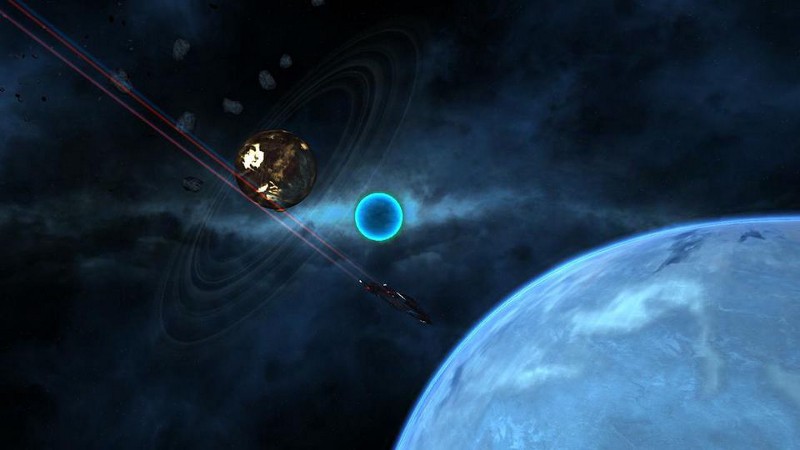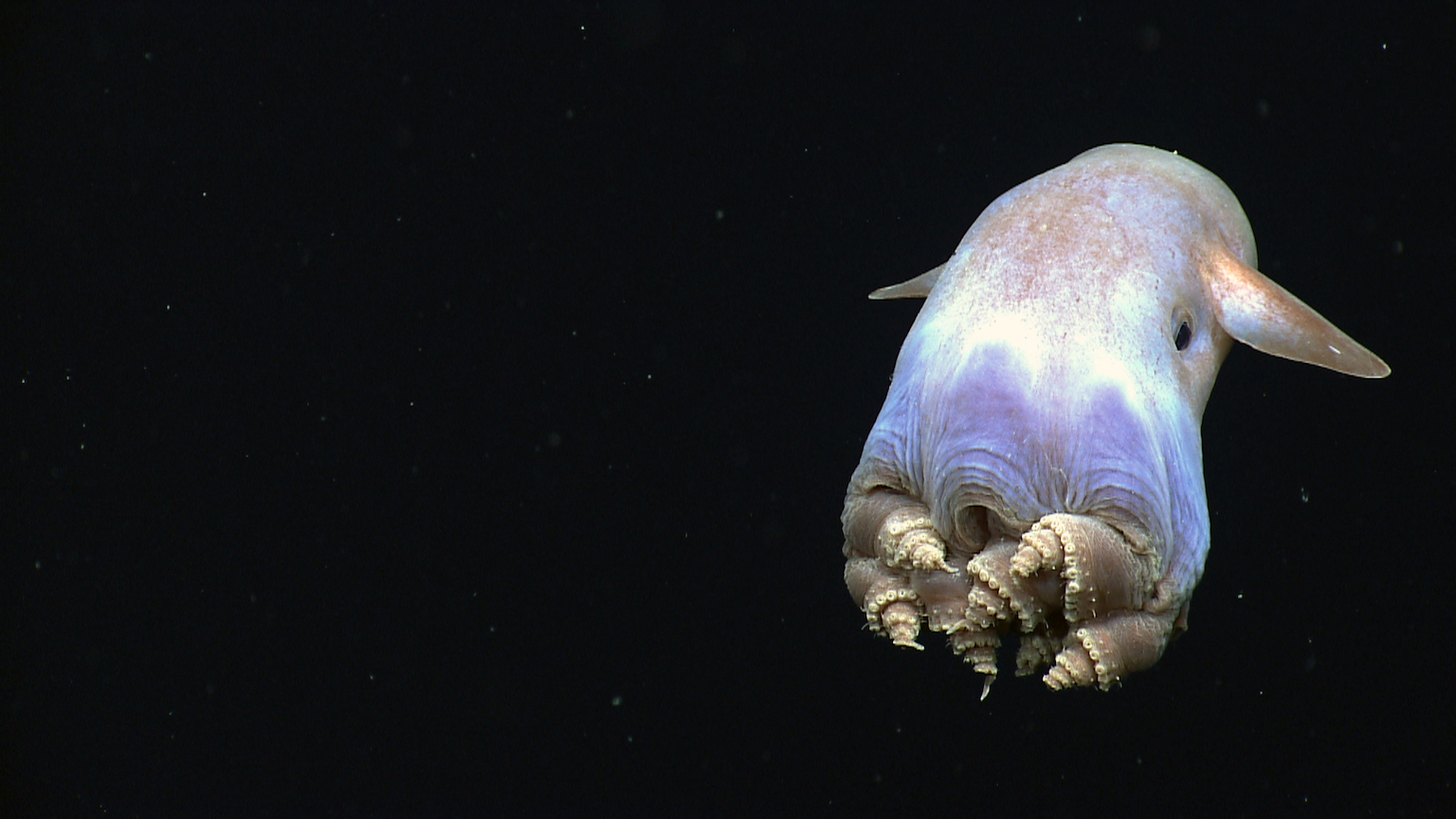How common is life in the Universe? And how can we find out?

- The Fermi Paradox can be restated plainly: “If alien life is common, then where is everybody?”
- The answers to this question range from mundane to macabre.
- Continued research will help reveal whether life is rare or common in the Universe. Europa may be the best hope for finding complex life in our Solar System.
Life is everywhere on planet Earth, which for centuries has led us to speculate that it should also exist on other planets. Surely, given all the real estate Out There, some of it must be inhabited. And it stands to reason that some extraterrestrial life forms would have evolved to become intelligent.
Yet, so far, we don’t have any evidence for extraterrestrial life that stands up to scientific scrutiny. This conundrum is usually referred to as the Fermi Paradox or The Great Silence when referring to technologically advanced life. If aliens are so abundant in the Universe, why haven’t we met them? (One answer is a bit darker than the others.)
The cosmic zoo
Maybe the assumption of abundance is wrong. In their influential 2000 book Rare Earth, Peter Ward and Ron Brownlee from the University of Washington argued that the natural history of our planet has been determined by so many random factors that, taken together, earthly conditions are unlikely to exist elsewhere. They concluded that microbial life might arise on a reasonable number of planets, but that the evolution of complex and intelligent life is exceedingly unlikely.
I agree that Earth — and particularly the exact combination of geological and environmental conditions found on our planet — is unique, or nearly unique, just as there is only one Mozart. But that doesn´t mean there can’t be other styles of music. Fifteen years after Rare Earth, William Bains from Cambridge University and I came up with a counter-hypothesis we called the Cosmic Zoo. Just as there are many possible kinds of music, we proposed that there are many ways for life to evolve from microbes to the complex macroscopic life forms we usually associate with animals and plants.
William and I looked specifically at the evolutionary transitions that happened on Earth between life’s first appearance and the advent of intelligent life. We found that many of these steps were achieved multiple times, using different biochemical pathways. For example, intelligence developed in many different species across various genera, from octopuses to crows to dolphins. We concluded that once life arose in the first place, it would eventually evolve to become complex and substantial in size, assuming the planet stayed habitable long enough.
Two caveats
There are two caveats, however. First, although it is difficult to find any scientist who believes the origin of life on Earth was a unique event, we still don’t have a good understanding of how and where it arose. Thus, we cannot exclude the possibility that Ward and Brownlee are right, and that we live in a rather empty Universe.
The second caveat is that technologically advanced life occurred, probably, only once on our planet. We still struggle to explain why humans achieved this and no other species. Since we think it happened just once here, it’s hard to estimate how common that crucial step would be on another world. If it’s exceedingly difficult, there may be many planets with animals and plants, but hardly any with spaceships or radio telescopes that could send us a message. That’s why we called our hypothesis the Cosmic Zoo.
Rare Earth vs. Cosmic Zoo
So how do we find out which view is correct? One approach is to look for life within our own Solar System. There are several planets and moons where we might find microbial life, including Mars, Europa, Enceladus, Titan, and even Venus. If we detect microbes in any of these places — particularly if they appear to have originated independently of Earth — it would imply that life is common in the Universe. We would have two examples within just one star system.
That alone wouldn’t help us distinguish between the Rare Earth and Cosmic Zoo hypotheses, however. The only place in our Solar System where we might have a chance to find complex, macroscopic life would be under Europa’s icy crust, in its subsurface ocean — that is, if there are hydrothermal vents on Europa’s ocean floor capable of supporting animal life, as is the case in Earth’s oceans. But to look for intelligent life, we surely have to look further out, to planets outside our Solar System.
So, how common is life in the Universe?
As of now, we have discovered roughly 5,000 of these, but the count will soon get much higher with new observatories like the James Webb Space Telescope coming online. Even more advanced projects in the future like Star Shade should make it possible to more easily separate the light of a star from that of its planets. This would be a major step forward in assessing whether an exoplanet has seasonal changes, liquid water on its surface, or other characteristics that might make it habitable. But even that wouldn’t guarantee that life is present — it may never have started up, or if it did, it may have been wiped out by an astronomical calamity like a huge impact or a nearby supernova explosion.
Still, these kinds of planets will be prime suspects as we search for life elsewhere. We will be looking for specific organic compounds, like chlorophyll, that can only be made in large quantities by living things, or maybe the signature of a large biomass (say, a rain forest) that causes measurable environmental parameters such as temperature or cloud distribution to change, and thus would be distinguishable from a bare landscape consisting only of rocks and sand. Of course, our job would be easier if we find a technologically advanced civilization sending out radio or optical signals or pumping compounds into its atmosphere that can only be created artificially.
If we just look at our own planet—where microbial life has existed for roughly 4 billion years, animal life for not more than 1 billion years, and technologically advanced life for a bit more than 100 years—it seems much more likely that we will discover less evolved life on other planets. Attempts to estimate the odds, such as the Biological Complexity Index or the Drake Equation, usually predict high numbers of planets with complex life or technologically advanced civilizations, but those estimates depend heavily on the input parameters. And for most of those, we only have a poor understanding.
Still, the chances of finding life are good, if we’re able to look outside our own stellar neighborhood into the more distant reaches of the galaxy.





